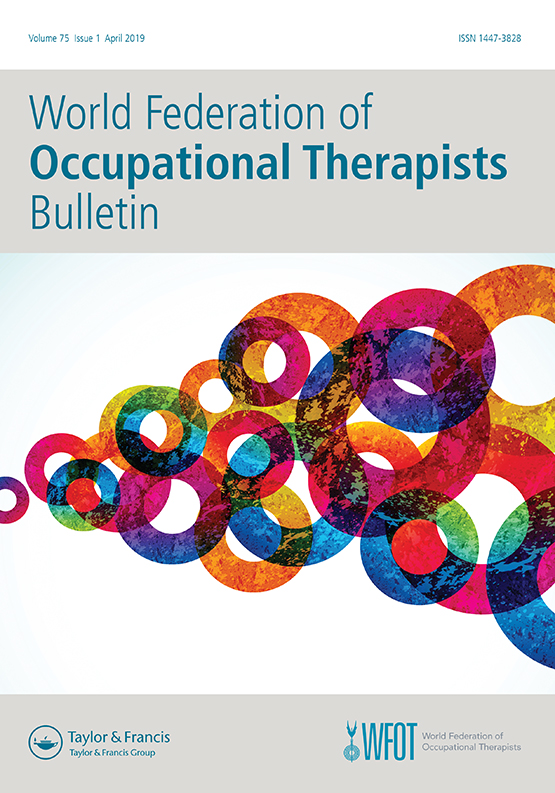Occupational therapy at Klein Kasteeltje in Brussels for children of asylum seekers who cannot participate in the Belgian schooling system
Keywords:
Occupational therapy, occupational justice, occupational deprivation, children of asylum seekers, children and refugees, creative expressionAbstract
This article discusses the occupational therapy services developed for an asylum seekers centre and the importance of occupational therapy support for children, waiting for an application of asylum to be approved. A project was developed to respond to the needs of the children and their parents at the Klein Kasteeltje. Issues described by the multidisciplinary team, children and parents were addressed through the use of the Occupational Performance Process Model (OPPM) (Law, M., Vrkljan, B., Leclair, L., Ripat, J., & Letts, L.(2009). Occupational Performance process model: Overview & guide. McMaster University & The University of Manitoba. Opgehaald van http://bluewirecs.com/srs-mcmaster/oppm/data/downloads/oppm20guide20and20questions.pdf). As a result, the article describes the strategy of how occupational therapy can be started based upon this process model in collaboration with children, parents and a multidisciplinary team, with the aim of elevating the childs resilience in a temporary environment. It is important that, besides attention for bodily health, there is attention for the childs mental health and strength. We should support them in their resilience building and focus on the protective factors on both the individual as well as the environmental level. The occupational therapists role embraces a framework of doing, being, belonging and becoming to diminish the possible consequences of occupational deprivation for the children.Downloads
Published
2019-01-02
Issue
Section
Articles


